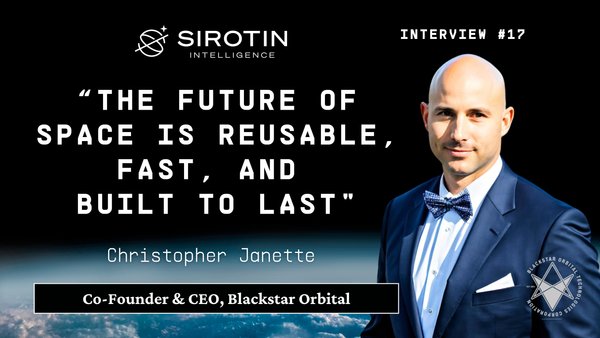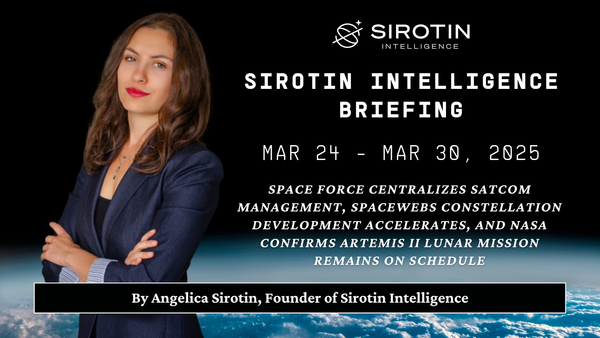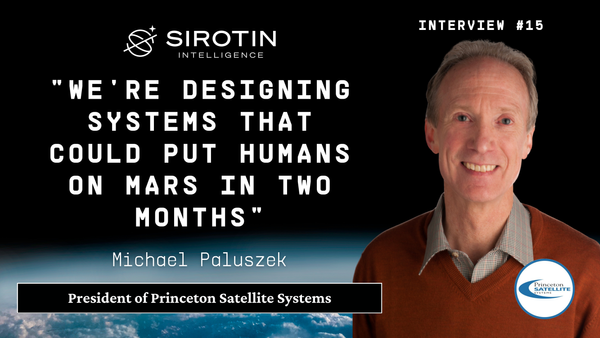“When People See Space Guardians in Uniform, They Ask If They’re Real”: Meet Colonel Bill Woolf, the 25-Year Space Defense Veteran Building the Space Force Association to Protect America's Orbital Assets
Colonel Bill Woolf, founder of the Space Force Association, warns that losing space access would cripple daily life and is working to close America's "catastrophic awareness gap" on space threats while challenging public doubts about Space Force legitimacy.
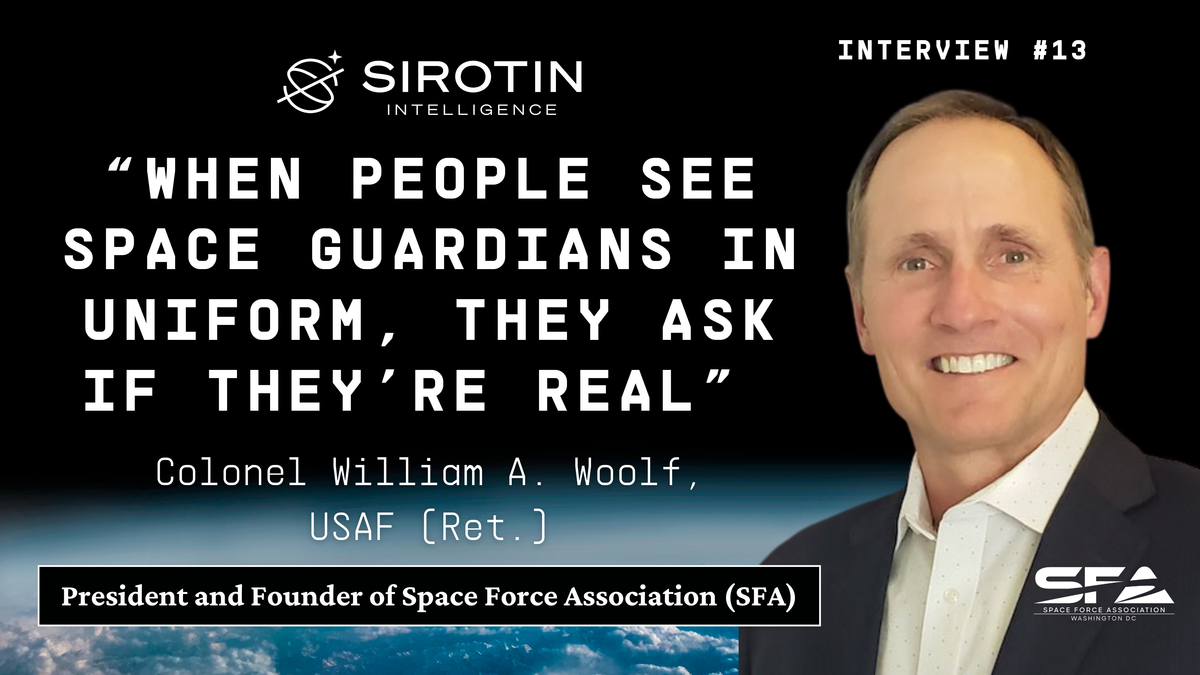
"If America lost access to space tomorrow, you wouldn't be able to pump gas, use your credit card, or know if a storm was coming," says Colonel Bill Woolf, leaning forward with the intensity of someone who has spent decades preparing for scenarios most civilians never consider. As the architect behind the Space Force Association, Woolf isn't just warning about theoretical threats—he's racing to close what he calls a "catastrophic awareness gap" before adversaries exploit America's most vulnerable frontier.
As a graduate of the elite Air Force Weapons School and former space and nuclear officer, Woolf spent nearly a quarter-century in the classified realm of America's space defense—launching missiles, tracking satellites, and monitoring adversaries from command centers hidden from public view. Now he's emerged from the shadows with an urgent mission: convincing Americans that the battlefield they can't see might be the most critical to their survival. "Our adversaries are watching everything we do in space," Woolf explains, gesturing toward orbital diagrams that map the invisible infrastructure powering modern life, "while most Americans don't even know what's up there."
What inspired you to create the Space Force Association? How has your background shaped your vision, and what initially sparked your interest in space?
When I was about seven years old, Star Wars was released, and I remember waiting in line to watch it probably 10 times. My parents were likely frustrated, wondering why I kept wanting to return to see it again. The film was truly inspirational because it started to describe what could be possible. At that time, no one imagined we'd have rockets taking off and landing here on Earth, but now we're witnessing that technology, and hearing this administration discussing our future in space is fascinating.
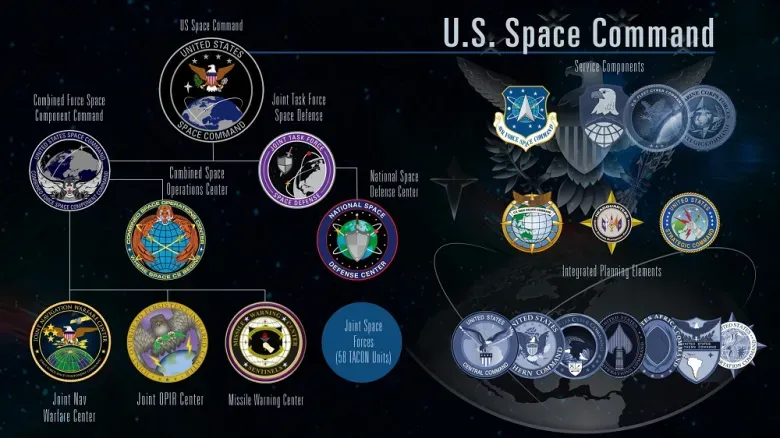
That early interest set the foundation, and then in 1994, I joined the Air Force. At that time, space operations weren't as prominent in the Air Force. There was certainly Air Force Space Command and various initiatives happening, but there wasn't a concentrated focus on space capabilities and operations to a significant extent. I began my Air Force career as a missile launch officer, where I formed relationships with many colleagues who remain my friends today, including General Saltzman, who was Captain Saltzman back then.
I recall when the opportunity opened for missile launch officers to transition into space careers—we all eagerly pursued it. This enthusiasm wasn't because we disliked missile launch operations, but because we were all fascinated with the space domain and had heard about how we could contribute to its development. Around 2000, when Air Force Space Command created opportunities for 13S officers (our Air Force Specialty Code) to join the space domain, we all made the transition. That year, I completed my first Space Operations tour at the 4th Space Surveillance Squadron.

During that time, I met several people from the space weapon school while I was serving as a captain. They asked if I wanted to attend the space weapons school, and when I inquired about what it was, they explained it was where you learn about all the capabilities in the space domain. I immediately agreed, completely fascinated with this emerging domain and its developments.
The rest progressed naturally—once you gain insight into what's happening in space and witness the capabilities and technologies available, it's difficult to step away. After graduating from the space weapon school, probably the highlight of my career was observing how space applications supported other services. In 2002, I deployed to Afghanistan as the space weapons officer and space liaison to the Combined Forces Space Special Operations Task Force. My responsibility included ensuring we knew precisely where our special operators were located using Blue Force tracking technology, which is entirely space-based. This experience showed me firsthand the critical importance of the space domain, particularly when soldiers activated emergency beacons (essentially hitting "911"), allowing us to respond to specific locations.
I held various other positions throughout my career, but I established the Space Force Association for several key reasons. First, we lacked a professional organization exclusively dedicated to space professionals, and I wanted to ensure we created one. Another significant motivation was improving the operation-acquisition feedback loop to secure the necessary technology for executing our space superiority mission. For instance, when I was at the 4th, we operated a system, but I often wondered about its origins—specifically, whether there was a feedback loop between operators and acquirers. At that time, no such loop existed. Creating this connection became one of our major initiatives: determining how to shorten that feedback loop and ensure operators communicate with acquirers. The Space Force now addresses this through their integrated mission Delta construct.
An additional reason was that many of us were retiring from Air Force Space Operations, and industry didn't fully understand how to integrate our expertise. I had assumed that, given my experience in the space domain, industry would value my perspective. Consequently, one of our ongoing efforts focuses on helping industry recognize how to effectively incorporate skilled space professionals transitioning from the Space Force—essentially creating a transition assistance program specifically for the Space Force. Many companies are beginning to develop space sectors within their organizations, but this wasn't a widespread consideration initially.
This hesitation is understandable, considering the budgetary constraints. Comparing defense budgets, the Space Force simply doesn't have the funding it requires, making many companies reluctant to establish space businesses based solely on budget alignments.
That's fundamentally where the SFA originated. I remember discussing it with my brother, saying, "John, I'm going to establish this professional organization." He responded, "I don't know if you understand exactly what that involves." Truthfully, I was naive about what it takes to create a professional nonprofit organization. Yet here we are, five and a half years later, with over 4,000 individual members and 80 corporate members, and continuing to grow because people nationwide and worldwide are excited about developments in the space domain.
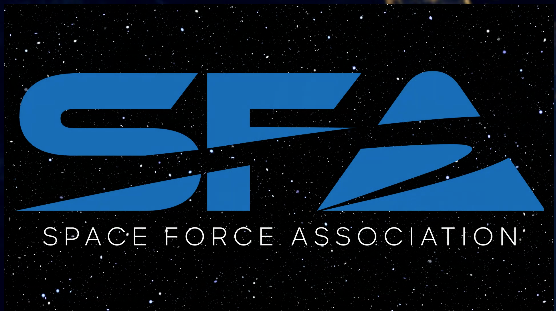
You can't have a future $1.8 trillion space economy without a strong national security apparatus, represented by a robust U.S. Space Force. It's all about educating people regarding what the Space Force is and what it does. Many people still don't fully understand it, which could be a topic for further discussion, but that's the foundation of the SFA.
How do you see the relationship between traditional Air Force space operations and the new Space Force evolving? What has this evolution looked like over time, and where do you believe it's heading?
It's been interesting to observe this evolution, as there are many preconceptions based on our historical foundations. When considering the origins of Air Force Space Operations, I believe we'll see significant opportunities ahead to dismantle the traditional silos that were defined by Air Force Specialty codes. This aligns with the culture that Space Force leadership is working to develop—one where divisive "us versus them" mentalities no longer exist. I'm reminded of the discussion regarding operations versus acquisition personnel; these distinctions will become increasingly irrelevant moving forward.
The traditional designation of "13S" for space operators is an Air Force Specialty Code construct. What we need to consider now is the culture we want to create, aligned with the Chief of Space Operations' vision. Do we need Space Force Specialty codes that correspond to Air Force Specialty codes? This brings to mind an illuminating interaction I recently witnessed.
One of our volunteers, a Second Lieutenant in the Space Force, attended the U.S. Space Command Change of Command ceremony last year where General Whiting assumed leadership. This young officer approached me when his contact wasn't available and asked if I could show him around. As I introduced him to the Chief of Space Operations, the lieutenant, who had an engineering background, immediately asked, "Sir, I want to be a 13S, what do you recommend?" The CSO's response was telling: "In the future, it's not going to matter."
This perfectly illustrates how we're working to break down barriers—between acquisition specialists and operators, between enlisted personnel and officers—creating an environment where such distinctions become secondary. The priority becomes ensuring everyone functions as a space warfighter, with organizational details naturally falling into place.
I believe the future trajectory involves elevating everyone's baseline knowledge of the space domain and space warfighting concepts. This knowledge base is evolving rapidly, and the Space Force is certainly capable of developing the right approach. Their primary challenge isn't conceptual but rather resource-based—they lack sufficient resources to fully implement their vision. This brings us to the crucial discussion of identifying and securing the resources needed to build the warfighting culture that the Space Force requires both now and in the years ahead.
What critical capabilities do you believe the Space Force needs to develop in the coming years? Given the threats from adversarial nations, what priorities would you emphasize if you were advising the President?
The Iron Dome construct clearly illustrates what's needed. The President has expressed the need for an Iron Dome, and we'll likely see significant work being done to define what that looks like. We must work with policymakers to ensure the approach makes sense. Fundamentally, we need a resilient architecture to ensure capabilities can get into space, operate from space, and access space reliably.
This begins with our launch infrastructure. If we're only focusing on two ranges in this nation, we need to seriously examine whether that's sufficient. We're facing a potential traffic jam in the near future as we deploy more and more capabilities into space. That's why the commercial spaceport construct makes tremendous sense.
We need reliable launch capabilities, and once assets are in orbit, we require awareness of adversary capabilities. If necessary, we need the ability to counter those adversary capabilities to protect our interests in space. In a worst-case scenario, if an adversary compromises a critical capability, we must be able to rapidly replenish that capability. The question becomes: how quickly can we deploy replacement assets into space?
The Victus series of rapid response technology demonstrations, conducted by Millennium and Firefly last year, provides an excellent example. We'll see more Victus series exercises where the Space Force, working with commercial providers, demonstrates the ability to quickly replenish orbital capabilities. This capability is phenomenal and critically important, though many don't yet realize its significance.
What are the most common misconceptions about space operations? Could you dispel some of the myths that people might have based on your expertise?
I believe this is fundamentally a public affairs challenge—effectively communicating the Space Force story to the public. When the Space Force was first announced, many people incorrectly assumed it was created to address some existential threat from outer space. In reality, the Space Force's mission is about protecting America's interests in and from space, specifically around Earth. That's the most significant misconception.
Another common confusion is understanding the difference between the Space Force's mission and NASA's activities. When news reports mention NASA tracking an asteroid approaching Earth, people often wonder whether this is a Space Force or NASA responsibility. These boundary questions create numerous misconceptions among the public.
Unfortunately, the Netflix TV show "Space Force" with Steve Carell didn't help clarify matters. Following its release, many people regarded the actual Space Force as something of a joke. We've heard from guardians who report being asked if their Space Force uniforms are "real" when they're seen in public. People genuinely don't realize that the Space Force is a legitimate military service with a critical national security role.
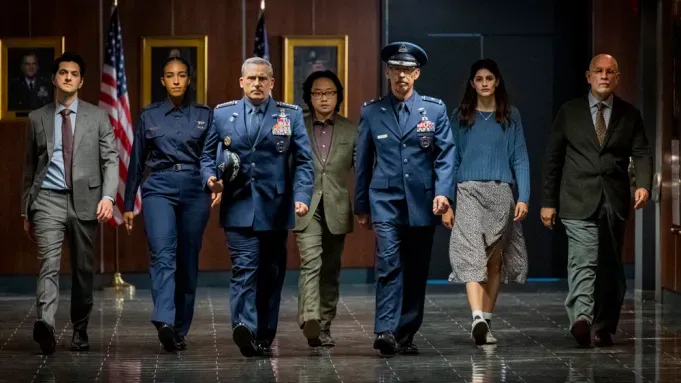
Perhaps the most challenging misconception stems from the invisible nature of space capabilities. The satellites in orbit providing essential services are out of sight, and people don't recognize how the technologies they rely on daily are completely intertwined with space-based infrastructure. We take these capabilities for granted because, thankfully, we haven't experienced a day without space services. This leads to questions about whether we truly need a Space Force. The reality is we absolutely need it precisely because we never want to experience a day without those critical space capabilities. It's essential that we have established a strong Space Force now to protect everything happening in the space domain.
How would you assess the current risks posed by adversaries like China and Russia in space? Are we taking these threats seriously enough? From an educational perspective, why should the average American care about these issues?
Let me first address our efforts to communicate the Space Force story effectively. At SFA, we're investing considerable time working with Hollywood professionals to help tell this important narrative. One initiative we've developed is a treatment called "Delta Seven," which focuses on the intelligence arm of the Space Force under Space Operations Command, where they monitor the threat environment.
Gar and Judy Reeves-Stevens, former writers for Star Trek, have taken on this project and developed what a television drama series about the Space Force would look like, highlighting the Space Force of the future. They've already completed writing the first season and are currently in discussions with various streaming platforms to bring this story into production. This represents one example of how SFA is helping craft the narrative that Americans need to better understand, as we currently take space superiority for granted.
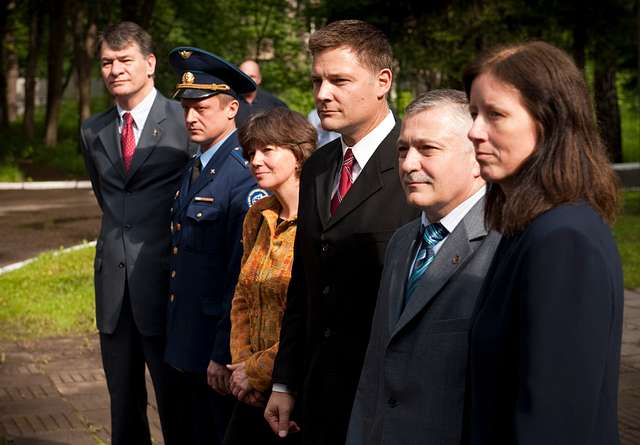
We're also collaborating with another writer who's developing what could be described as a "Top Gun" for the Space Force. These storytelling efforts are crucial because currently, the Space Force lacks the resources to create their own documentaries and tell their story effectively. This is precisely where SFA steps in to help communicate their mission.
Regarding the geopolitical climate, the freedoms we enjoy in a capitalist society provide tremendous advantages. Our free market system allows us to develop necessary technologies, and the commercial space sector is doing phenomenal work. Consider Firefly and Intuitive Machines with their lunar landers—we have two private companies about to place lunar landers on the Moon's surface, which is remarkable.
When we compare this to China's approach, the contrast is stark. In their communist state, there isn't a distinct commercial sector—the commercial sector is effectively the government sector. Many people don't realize that when China demonstrates a capability in space, it's because the communist regime views it as part of their national security apparatus. Therefore, everything China is doing in space should be considered a national security concern. Meanwhile, in the United States, while the majority of our space activities are commercially driven, with civil exploration efforts through NASA, only a small percentage is dedicated to national security. We need to increase our national security presence in the space domain.
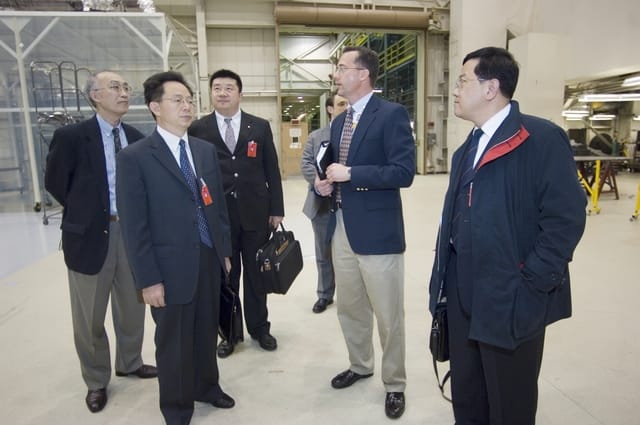
This point was highlighted when Jared Isaacman, who has been nominated to lead NASA, spoke at our Spacepower Conference in December. When asked whether we need guardians in space to protect critical resources in cislunar space and around our planet, he affirmed that we do. This should serve as a wake-up call regarding how we plan to position guardians in space to protect resources on the Moon and beyond. As discussions about missions to Mars continue, we need to develop a comprehensive American strategy with our partners and allies to establish operations on the Moon with manufacturing capabilities and potentially cities on Mars. These resources and operations will require protection as they develop.
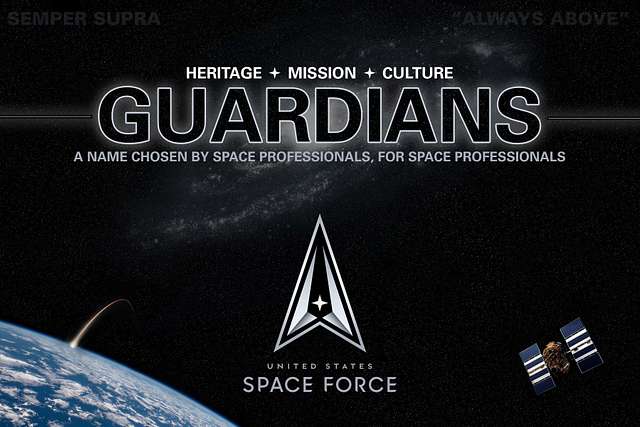
What major activities and initiatives does the Space Force Association have planned for the upcoming year that our readers should know about?
We're really excited about the upcoming initiatives at SFA, and I'm both impressed and honored by the caliber of volunteers who contribute to our organization. We have truly world-class professionals who are deeply passionate about our mission.
First, we host the Spacepower Conference every December to coincide with the Space Force's birthday celebration.
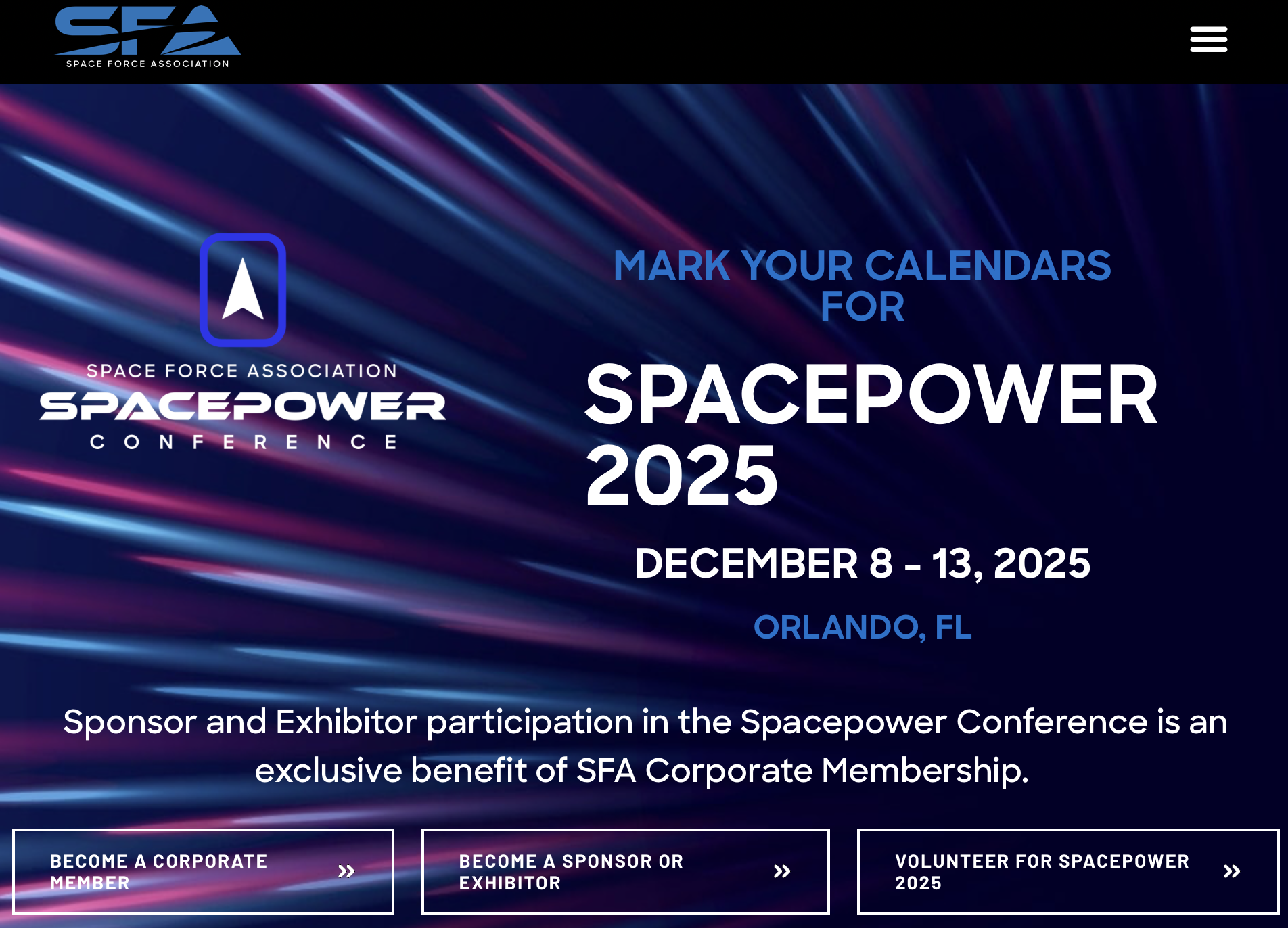
This annual event will take place again at the Hilton in Orlando in 2025, with our planning team already working on the details. We're enthusiastic about bringing together key stakeholders for this important gathering.
We're also developing strategies to maintain engagement throughout the year. One concept we're implementing is an unclassified tabletop exercise that demonstrates the critical role of commercial space capabilities in scenarios like humanitarian assistance or disaster response. For example, consider a wildfire scenario on the West Coast of the United States – what commercial capabilities assist firefighters and first responders in understanding the situation? Then we pose the question: what happens if an adversary compromises those capabilities? The impact is tremendous.
We're structuring this tabletop exercise so that our university-level group, the Space Professional Society – now led by Dr. Melissa Patton who recently volunteered as program manager – can organize around this concept and present their findings at Spacepower 25. This is just one example of our educational initiatives.
Additionally, we partner with the Space Force Cadet Corps, which focuses on K-12 students interested in space and learning more about the Space Force's mission. We also work closely with our industry partners, whose sponsorship and support are essential to everything we do. They're actively supporting this tabletop exercise initiative.
Our legislative committee is creating a Spacepower Breakfast series where senior Space Force leaders can engage directly with policymakers about Space Force activities. Our next event is scheduled soon with General Coupon, the Vice Chief of Space Operations.
We've also established Global Space University. Part of the challenge is that many people discuss what the Space Force needs without truly understanding what the Space Force is. Through Global Space University, individuals can become recognized as certified space professionals by completing our coursework. Who qualifies as a certified space professional? If you're not already certified, I recommend enrolling in Global Space University to gain this credential. In other domains, you wouldn't ask a random person about how maritime superiority is gained and maintained – you'd consult an admiral or senior Navy leader. Similarly, we want to ensure the right voices are contributing to discussions about space superiority.
There's much more happening, including engagement with local communities, which remains central to our mission. We're connecting with school children to educate them about the Space Force, and partnering with high schools and Junior ROTC programs. We have numerous initiatives underway and are looking forward to what 2025 will bring.
About Bill Woolf
Colonel William A. Woolf, USAF (Ret.), is the President and Founder of the Space Force Association (SFA). He served over 24 years in the U.S. Air Force, retiring in 2018. Throughout his career, Col Woolf was a space and nuclear officer, holding key positions in operations, staff leadership, and technical program management. He is a graduate of the United States Air Force Weapons School.
For more information, get in touch with Bill at bill.woolf@ussfa.org


